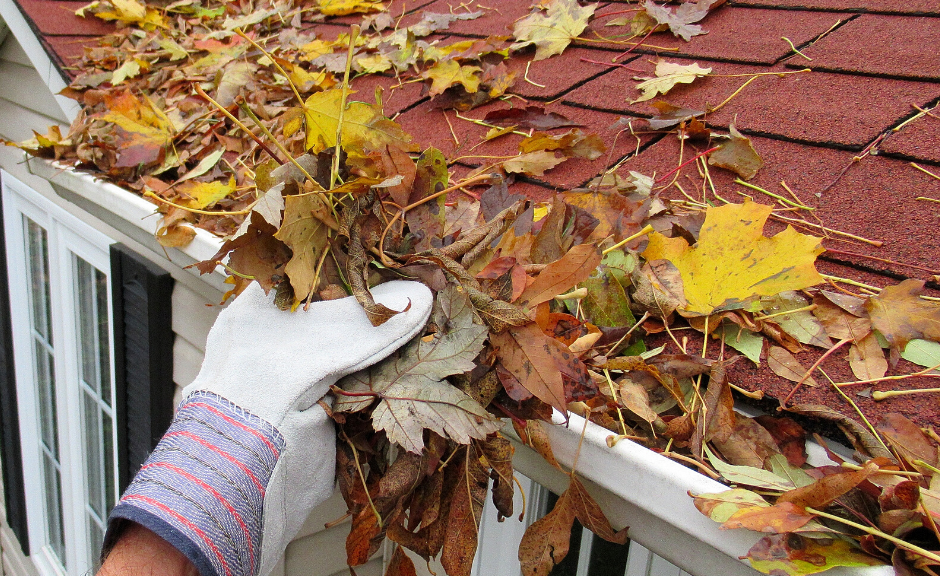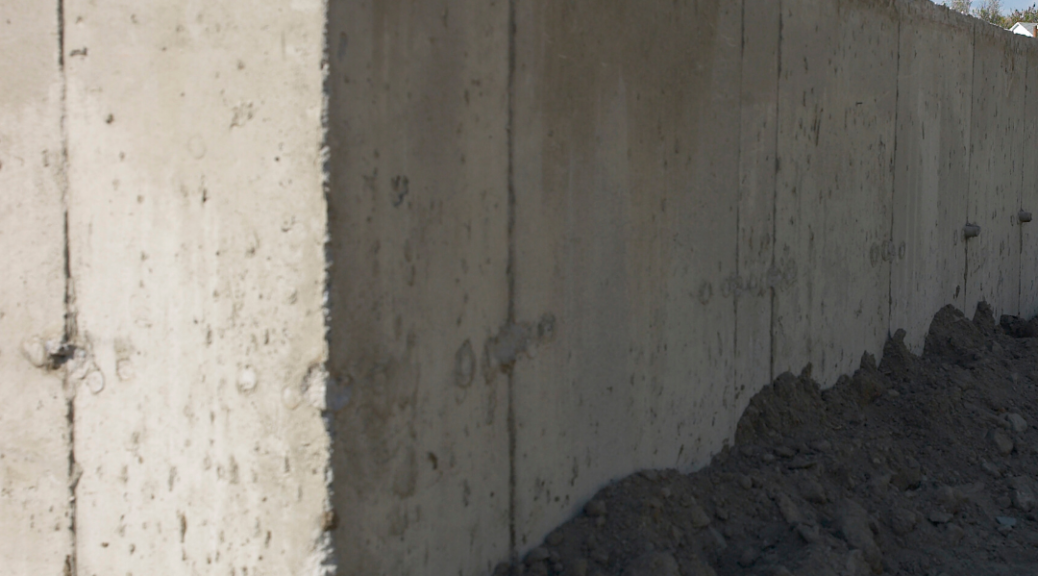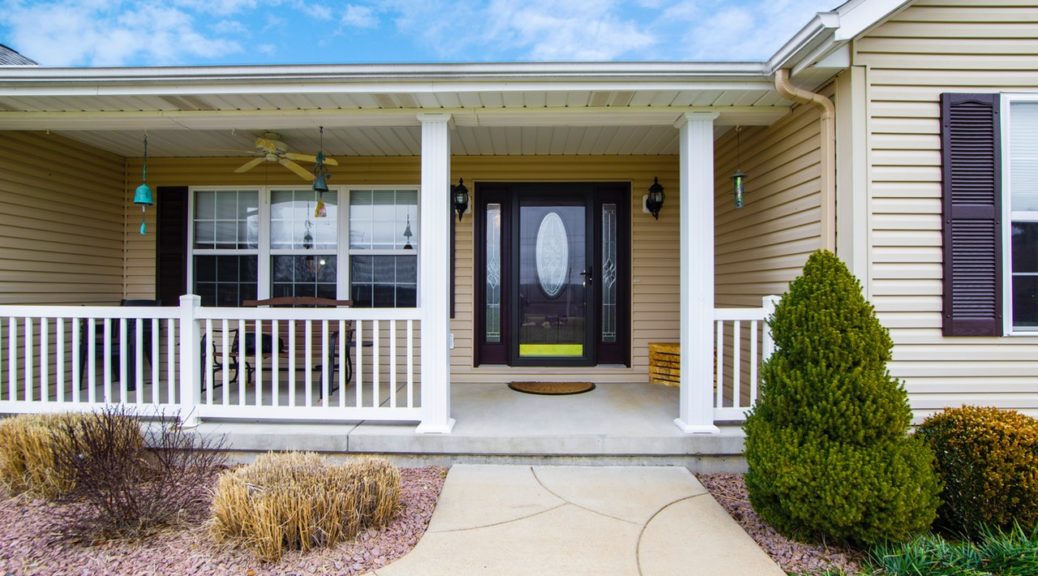In the midst of this Coronavirus/COVID-19 crisis, a lot of things may be pushed aside. That is understandable. This experience is all new to us.
But, since we have a lot of time at home right now, there are some things you can do to keep your home foundation in good shape. One task that you can do is clean the gutters.
As we have discussed in past blogs, a cluttered or impacted gutter can cause the following problems for your home foundation:
- Water damage from gutter overflow: When gutters are filled with leaves, soil, and other debris, they will overflow. Gutters are designed to send rainwater away from the foundation. However, when they are cluttered, the water will instead fall on the home and foundation, thus causing cracks in it.
- Water in the foundation cracks: Once water infiltrates the home foundation cracks, it will freeze in the winter. When it freezes it expands the cracks which allow for even more water to enter.
- Standing water attracts mosquitos: When gutters spill onto the ground they can create little ponds. These ponds then attract bugs, mainly mosquitos, which can nest and reproduce in the water. They then will infiltrate your home.
- Soil erosion: The constant running of water on the side of a home foundation will erode the soil and cause the home to shift. This will crack the foundation and cause all sorts of interior damage to the home.
- Home siding damage: Water will also stain siding, painting, and rotting.
So, as you can see, your gutters do a crucial job of keeping your foundation clean and preserved. They must be cleaned regularly or much home foundation damage will result.
Here is are some tips on how to clean your gutters:
- Use a small garden trowel or your gloved hands to scoop out the leaves and debris. Start at the downspout and make your way backward.
- Once you have done this first part, make your way down the gutter, carefully cleaning out each section. You can throw the debris into a bag or toss it to the ground and clean it up afterward.
- Using a hose, flush out the deeper and smaller debris. If there is only a trickle in your downspout, you may have a serious clog. Aim the gun nozzle down the spout and use the highest pressure to force the debris off the gutter walls and down the downspout.
- Clean up all of the debris that was flushed out of the gutters.
- And, as always, be careful on the ladder. Have someone hold the ladder sides while you do the gutter cleaning.
If this task seems dangerous to you or you are unable to do it, have a gutter cleaning company do it for you. It is recommended that you do it at least twice a year, once in the spring and once in the fall after most of the leaves have fallen.
Should you notice any home foundation issues, call a professional, licensed home foundation repair contractor. M Taylor Enterprise is an experienced and licensed home repair foundation contractor. We can inspect, analyze, and repair your home foundation correctly and efficiently. We serve the counties of Prince George and Silver Spring, MD area. Call us for a consultation at (301) 649-3406 or email us at matt@mtaylorenterprise.com.









